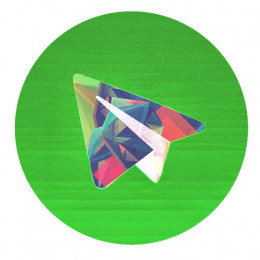

The tool converts the sample image into a digital query and shows you the result. For example, if you perform a RIS, it’ll use the sample image to extract valuable information. This tool helps you identify if someone is using your images on their websites. You can track your images online by using a reverse image search tool. After that, you will find every detail of the recipe online. All you have to do is upload your image to the reverse image search tool, and that’s it. Also, you can find similar images or recipes online by using a reverse image search tool. It is possible to find out the name of a recipe with a picture of the recipe. Discover suitable recipes from the internet Therefore, a reverse image search could save you from being scammed or getting conned by hackers. Hackers create these types of dummy accounts on social media sites to scam people. For instance, if you perform a RIS on a famous actor’s social account, there is a high chance that the account is fake. Scammers use actresses, actors and writers’ photos to catfish online newbies. Also, it can help you in finding out the original image owner. With the help of RIS, you can easily spot fake images on the internet. Authenticating people using catfishing technology
#What is a reverse image search Pc
Well, most of these tools are compatible with both PC and mobile device browsers. After that, the search tool will search the web and database to find what you are looking for. Or, you can paste an image URL in the search bar. People use reverse search tools for finding similar images, original source, or other relevant information.įirstly, you need to upload a photo in the search bar for the most reverse search tool. The search process of the reverse image is quite easy and simple to work. This unique design helps a user to search images for specific data or people. However, there are some reverse image search tools that have facial recognition. They search images based on size, shape, colours, and any other unique features and characteristics of the sample image. Most RIS tools use various algorithms to scan and recognise photos. But you may luck out and be one step closer to putting a name to a face, and that’s a step closer than you were before you tried.Before diving into our list of popular reverse image search tools, let’s first explore how a reverse image search works. Both results may vary depending on many factors. Keep in mind that neither method is completely reliable. If it is from Facebook, you can try locating the photo ID and using the generic URL to bring you to the right Facebook page. See if the photo comes from Facebook or another website.


It’s not the most comprehensive, though, especially for social media websites. Using a reverse image search may be the easiest way to lookup information. Press Enter to open the Facebook profile that the image may have originated from. The actual number of digits may vary from the example, so you may get one that’s shorter or longer. Make sure that there are no spaces or decimals when you copy the id number. To do this, open up another tab and paste the following link with the photo ID number: Your next step is using that second set of numbers to locate the Facebook profile where the image originated. Step 2: Opening Up the Facebook Profile with the Photo ID In this case, it would be 105484896xxxxx.Įvery Facebook user and every photo on Facebook has a unique number, so by matching the image’s ID with the profile ID, you now have a match. This is the profile number for the person’s photo on Facebook. The sets of numbers may also be broken up by underscores to look like this:įbid=65502964574389&set=a_105484896xxxxx.2345_10000116735844&typeĮither way, it’s the second or middle set of numbers that you want. In the link address, you should see three sets of numbers followed by “jpg” or “png.” For example, you may see a URL that looks similar to this:įbid=65502964574389&set=a.105484896xxxxx.2345.10000116735844&type


 0 kommentar(er)
0 kommentar(er)
